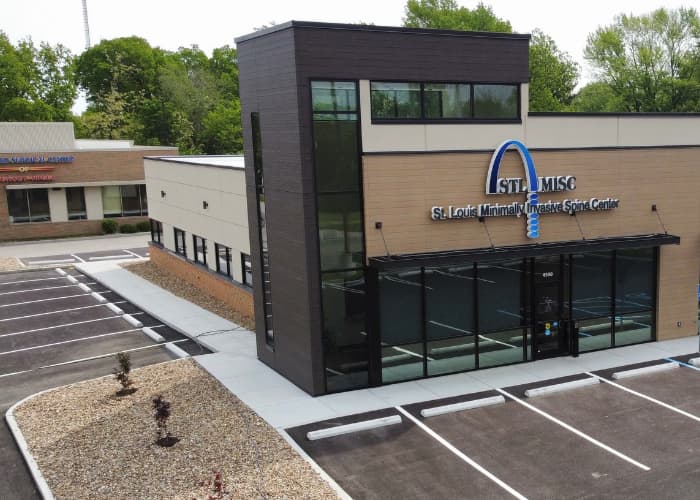Learn About Sacroiliac Joint Injections
The sacrum is the triangular bone found at the base of our spine, while the illium is commonly thought of as our hip bones. This area contains its own joints, contrary to the common belief that the hipbone is a single contiguous structure. The sacroiliac joint is found at the point where the sacrum connects to the illium. Like any joint, this location can become irritated due to wear and tear or injury. Sacroiliac joint injections are one method used by Pain Management Services to pinpoint the source of pain emanating from this region.
How Sacroiliac Joint Injections Work To Diagnose Pain
Pain in the lower back area can come from a variety of sources. One of those sources can be the sacroiliac (SI) joint. Pain in this area can come from the surrounding structures or the joint itself. An SI joint injection can be administered near the joint or into the joint itself. An SI joint injection can be administered to relieve pain. The medications used are a mix of anesthetics and corticosteroids.
An SI joint injection is a common next step when a positive pain response is obtained using this test.
Complications are a typical risk of any medical procedure. With the SI joint injection, the most commonly reported have been:
- Allergic reaction to the injection
- Soreness and bruising at the injection site
- Infection where the injection was made, the pelvis, or deep tissues.
- Spinal or nerve damage if penetration of the lumbar nerve or epidural space occurs
These types of injections are avoided in cases of pregnancy, infection, cancer, diabetes mellitus, or blood disorders.
Complications are very rare. With the SI joint injection the most commonly reported side effect has been soreness and bruising at the site of injection.
Is Sacroiliac Joint Injection Right For Your Health?
Contact our offices at Pain Management Services to schedule a consultation. During your visit with the physician you’ll undergo an assessment to determine what treatments may help address your chronic pain.





